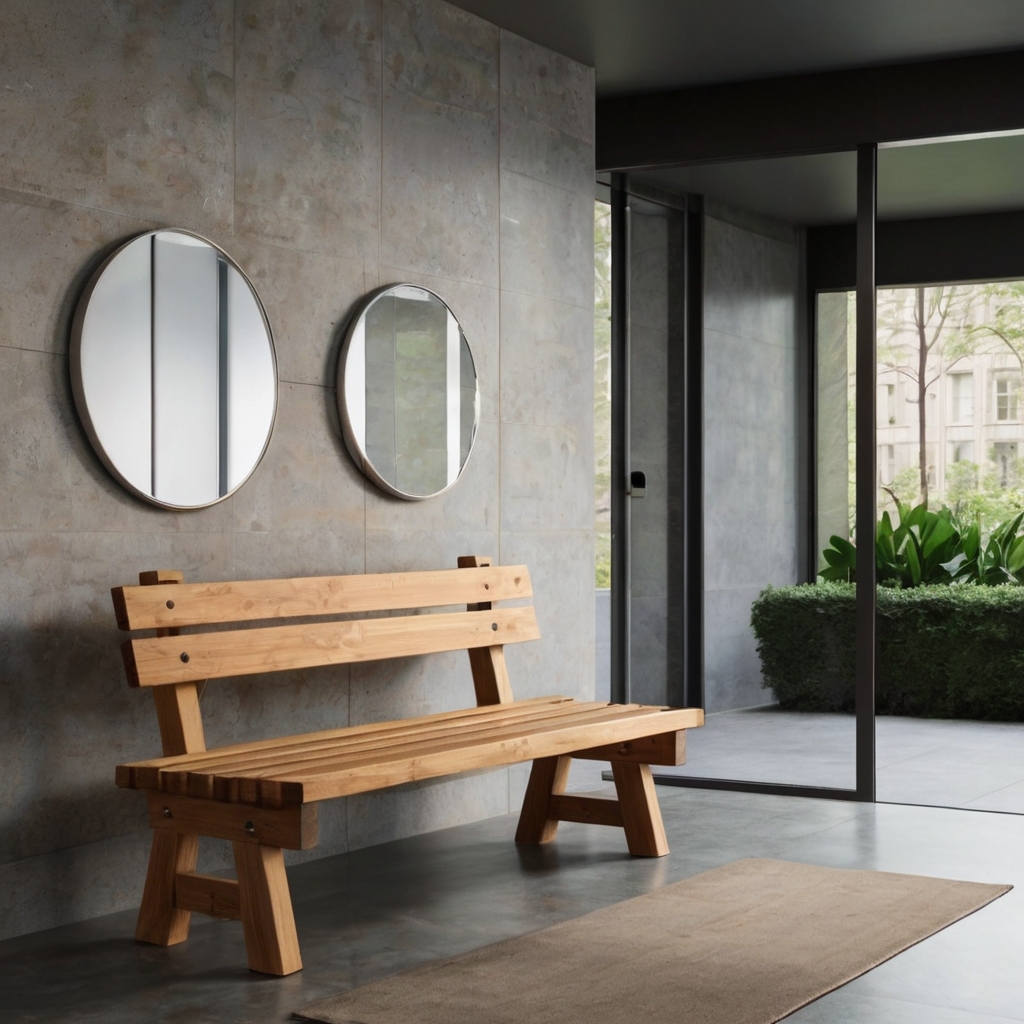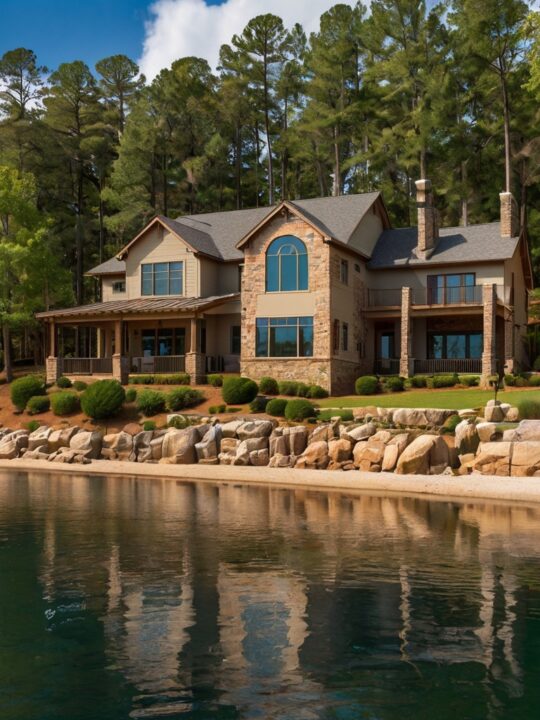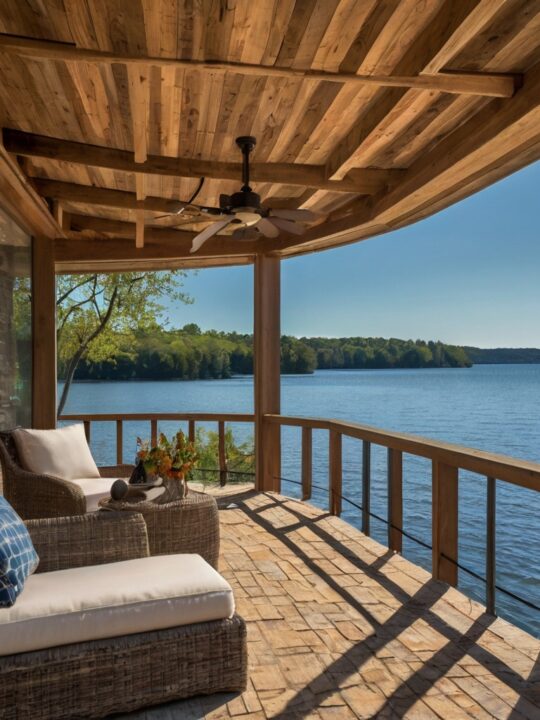Table of Contents
- 1 Table of Contents
- 2 The Art of Interior Design
- 3 Essential Principles of Residential Interior Design
- 4 Importance of Color and Texture
- 5 Furniture: Combining Style and Functionality
- 6 The Role of Natural and Artificial Lighting
- 7 Sustainable Design: A Green Approach
- 8 Integrating Technology into Interior Spaces
Table of Contents
- The Art of Interior Design
- Essential Principles of Residential Interior Design
- Importance of Color and Texture
- Furniture: Combining Style and Functionality
- The Role of Natural and Artificial Lighting
- Sustainable Design: A Green Approach
- Integrating Technology into Interior Spaces

The Art of Interior Design
The design of interiors dramatically influences how we perceive our living spaces. Designers create functional spaces that reflect personal style by arranging furniture, choosing colors, and selecting décor. The right design can make a room feel more spacious, cozy, or energizing, helping residents feel comfortable and at ease in their surroundings. It’s about making the most of the available space and turning it into a place that works for the people living there.
Interior designers are skilled at turning a bare room into something special. They understand how to blend different elements to suit the residents’ needs and tastes while maintaining balance and harmony. Whether it’s through thoughtful layouts or strategic color choices, they know how to enhance the living experience by making the environment feel more inviting and organized.
Essential Principles of Residential Interior Design
Balance involves distributing visual weight evenly throughout a space, which helps create a stable and inviting environment. Contrast enhances visual interest by using a variety of colors, materials, and shapes to highlight focal points. Rhythm naturally directs the eye across the room, fostering a sense of cohesion and connection.
By thoughtfully applying these principles, designers can create functional and aesthetically pleasing spaces. This approach meets the diverse needs of inhabitants while also reflecting their style, ultimately contributing to the serenity and functionality of the home.

Importance of Color and Texture
The psychology behind colors significantly influences interior design by affecting emotions and how we perceive our surroundings. An appropriate color scheme can foster a spacious or cozy environment, whereas inappropriate color selections can create the reverse effect. The texture is essential for adding depth and interest to a room, making it feel more inviting and lived-in. Elements like wall finishes, flooring, and various textures contribute to the tactile experience. Combining smooth and coarse textures can enhance sensory impact and avoid monotony in your design. Layering color and texture creates environments that engage the senses and provide a rich, fully realized experience.
Furniture: Combining Style and Functionality
Furniture plays a crucial role in interior spaces by defining functionality and flow. It should strike a balance between form and function, providing both visual appeal and practical usage. Each piece should complement the home’s style while serving its intended purpose efficiently. In smaller spaces, multipurpose furniture—such as desks that double as dining tables or ottomans with built-in storage—maximizes utility and minimizes clutter. The growing popularity of adaptable furniture solutions reflects the modern demand for versatile and aesthetically pleasing pieces. By selecting furniture with intention, you can streamline functionality and enhance your home’s overall aesthetic.
The Role of Natural and Artificial Lighting
Interior design is significantly influenced by lighting, as it establishes the ambiance and highlights design elements. Lighting can enhance mood, draw attention to architectural features, and create a sense of space. A blend of natural and artificial lighting is essential; natural light invigorates spaces, while artificial lighting provides flexibility. By layering different types of lighting—such as ambient, task, and accent—designers can create well-lit and visually appealing environments. Ultimately, lighting transforms interiors, making them dynamic and beautiful.
Sustainable Design: A Green Approach
The interior design industry increasingly embraces sustainability, prioritizing eco-friendly living spaces and using environmentally responsible materials. This shift is part of a more significant movement to combat climate change and reduce ecological footprints. Key practices include utilizing recycled materials, sustainably sourced wood, and non-toxic finishes. Additionally, incorporating energy-efficient appliances and systems contributes to overall sustainability. This approach aligns residential aesthetics with ecological integrity, creating visually appealing and environmentally responsible homes for the future.
Integrating Technology into Interior Spaces
Smart home technologies are revolutionizing modern living by improving comfort, efficiency, and the overall experience in our homes. Devices like automated lighting systems, smart thermostats, and voice-activated controls should be integrated seamlessly into the design. This approach preserves the aesthetic integrity of the space while enhancing its functionality. By strategically positioning and discreetly installing these technologies, the focus can remain on interior design, taking full advantage of modern technology’s convenience and efficiency.







